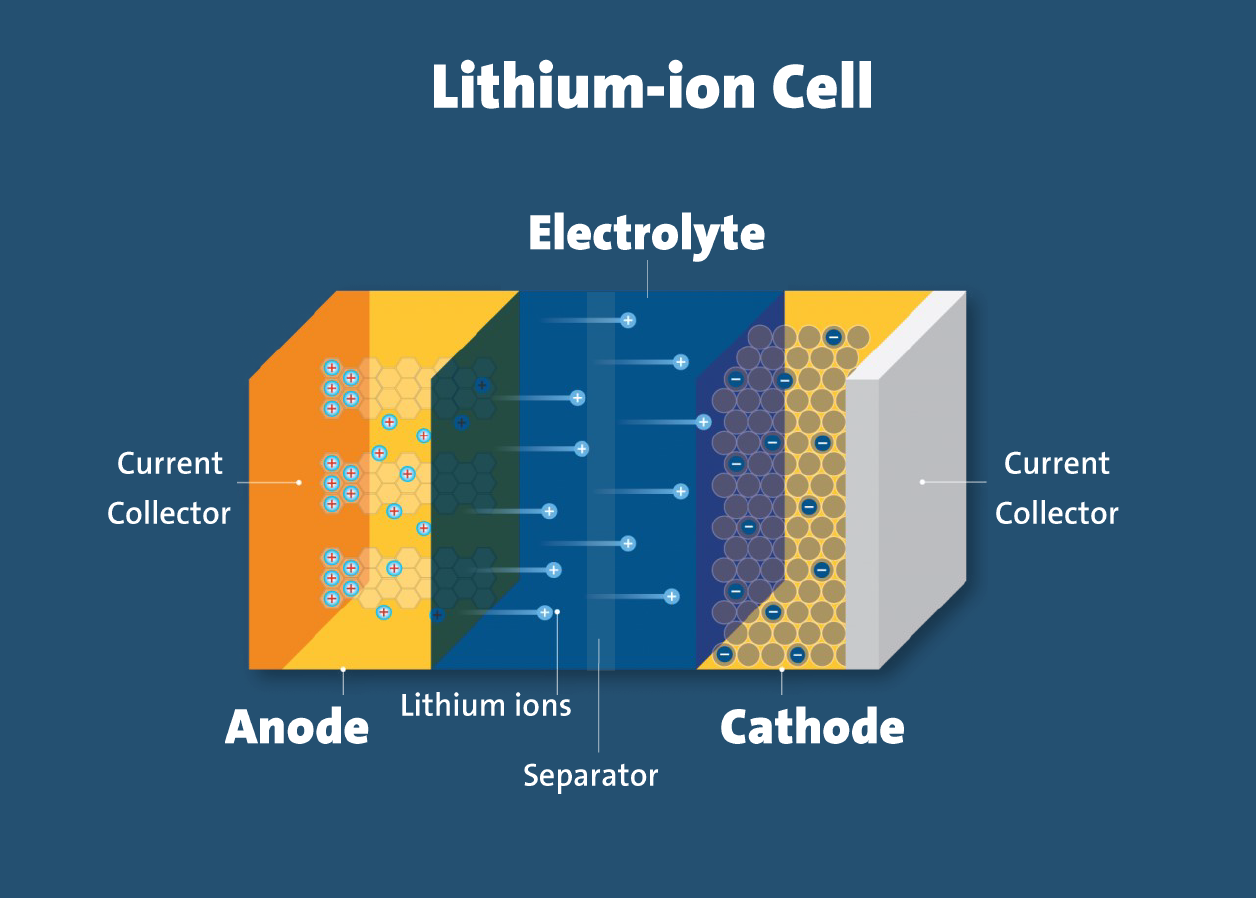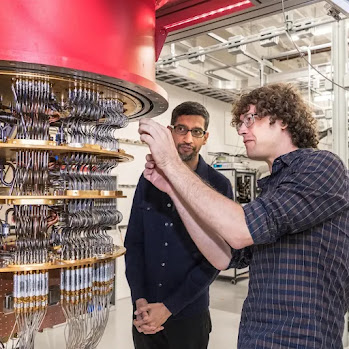Revive & Recharge: The Future of Lithium-Ion Battery Recycling ♻
What are Lithium Ion Batteries Firstly what do they contain? How do they work? Lets dive deeper in to the topic and answer all these questions. Single or multiple lithium-ion cells in a protective circuit board build up the Battery Pack. They have Electrode,Anode,Cathodes,Electrolyte,Thermal and current Collectors. As the battery discharges, lithium ions move from the anode to cathodes, allowing a flow of electrons that send power out toward what is being charged. What makes them different? Higher energy density, higher efficiency of the cell and a longer cycle life as well as calendar life.
Once they get over they can be recycled at a plant through the following processes
Gathering and Sifting: The batteries are collected, which is then sorted as per the kind.
Treatment: Some valuable materials, like lithium and cobalt, can be recovered via techniques such as mechanical crushing or chemical leaching.
Black Mass Recovery :This is an intermediate product with high metal content suitable to be reused in upcoming battery production.
This encompasses environmental benefits by reducing landfill waste and pollution, economic advantages through material recovery and saving costs while improving social life with limited hazardous exposure. In short, boosting sustainability and fostering a circular economy.




Comments
Post a Comment